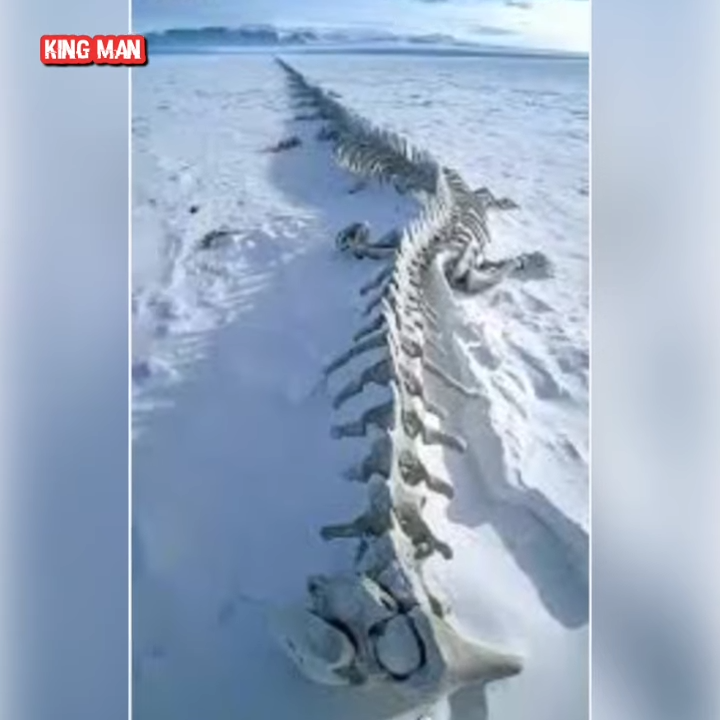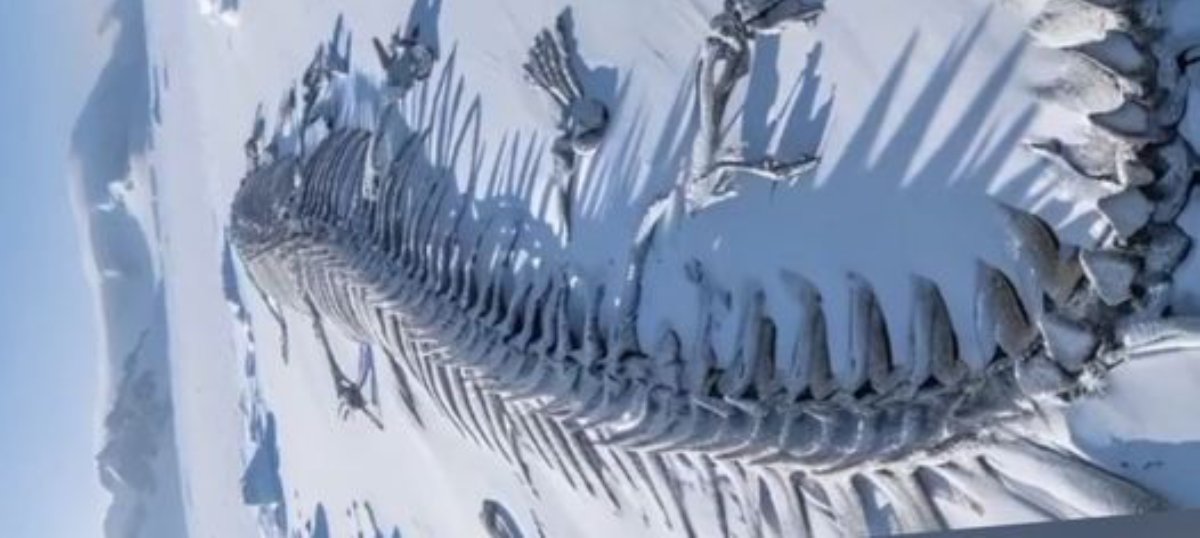The discovery, made during an expedition to study ice core samples, has stunned the scientific community and prompted speculation about the ancient creatures that once roamed the icy landscapes of Antarctica.

Initial analysis of the predator’s fossilized remains suggests that it belonged to a previously unknown species, likely a top predator in its ecosystem. Its immense size and formidable features indicate that it was a formidable hunter, capable of dominating its environment with ease.
The significance of this discovery cannot be overstated. The existence of such a massive predator challenges our understanding of Antarctic ecosystems and the evolutionary history of life on Earth. It raises intriguing questions about the adaptations of organisms to extreme environments and the dynamics of ancient ecosystems.
Furthermore, the discovery highlights the importance of Antarctica as a repository of ancient life forms and a window into Earth’s distant past. As climate change continues to impact the continent, the preservation of these fossilized remains becomes increasingly crucial for understanding the effects of environmental change on biodiversity.
Efforts are currently underway to extract and study the predator’s fossilized remains, using advanced techniques to unlock its secrets. Researchers hope that analysis of its anatomy, diet, and behavior will provide valuable insights into the ecology of ancient Antarctic ecosystems and the role of apex predators in shaping them.
The discovery of the giant predator inside the Antarctic ice wall underscores the importance of continued exploration and research in one of the most remote and inhospitable regions on Earth. As scientists delve deeper into the mysteries of Antarctica, they may uncover even more astonishing revelations about the history of life on our planet.
In conclusion, the discovery of a giant 50-meter predator entombed within the Antarctic ice wall represents a monumental milestone in our understanding of Earth’s ancient past. It offers a glimpse into a world long gone, yet preserved in the frozen depths of Antarctica, waiting to be revealed to those bold enough to explore its icy realms
